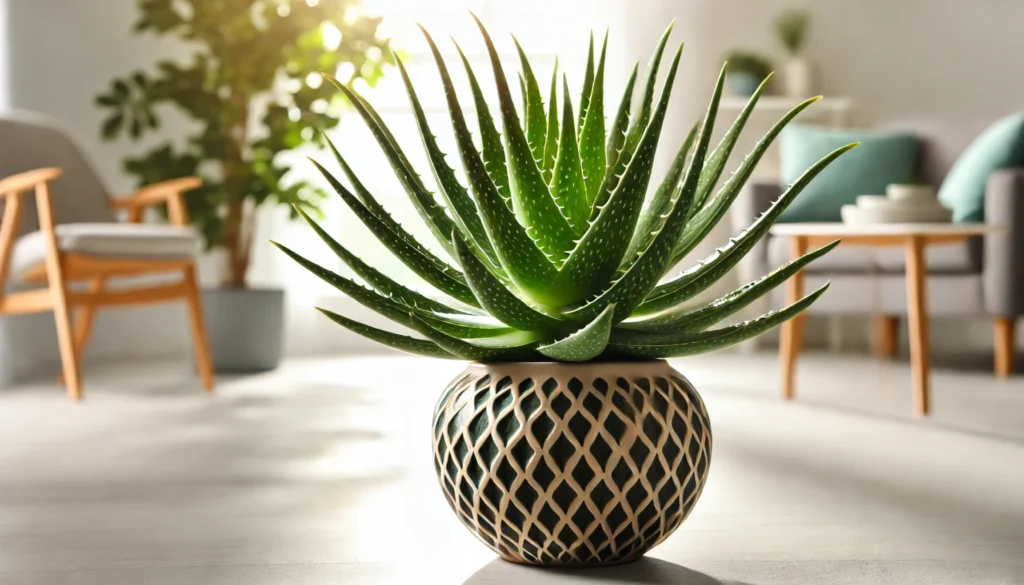
The Painted Tongue, scientifically known as Salpiglossis sinuata, is a vibrant annual plant known for its trumpet-shaped flowers that come in a variety of striking colors, including red, purple, yellow, and orange. These flowers often have intricate, veined patterns, making them stand out in any garden. Painted Tongue plants typically grow up to 2 to 3 feet (60 to 90 cm) tall, with a bushy and compact growth habit.
History and Ideal Growing Conditions
Native to South America, particularly Chile, the Painted Tongue plant has become a popular choice in gardens worldwide due to its bright, showy flowers and its ability to thrive in different climates. The plant prefers cool temperatures and performs best in regions with mild summers. It is often grown in garden beds, borders, or containers, adding a splash of color to outdoor spaces.
The Painted Tongue prefers full sun but can tolerate light shade. It grows best in USDA hardiness zones 8-11, where temperatures are moderate, and it can receive consistent moisture without overheating.
Toxicity and Pets
The Painted Tongue plant is generally considered non-toxic to pets, making it a safe choice for gardens frequented by cats, dogs, or other animals. However, as with any plant, it is best to monitor pets and prevent them from ingesting large amounts of foliage or flowers to avoid any potential digestive upset.
Safe Alternative Plants
If you’re looking for pet-safe alternatives with similar vibrant blooms, consider planting Calendula or Zinnia. Both offer bright, colorful flowers and are safe for pets.
Best Practices for Caring for Painted Tongue
Watering and Humidity
Painted Tongue plants prefer consistent moisture but do not tolerate waterlogged soil. Water the plants deeply about once or twice a week, ensuring the soil dries slightly between waterings. In humid climates, ensure there is good air circulation around the plant to prevent fungal issues. These plants thrive in moderate humidity, but excessive moisture can lead to problems like root rot.
Soil, Light, and Temperature
This plant thrives in rich, well-draining soil with a slightly acidic to neutral pH (6.0-7.0). Painted Tongue plants prefer full sun, where they can receive 6 to 8 hours of direct sunlight daily, but they can tolerate light shade, especially in hotter climates. The ideal temperature range for Painted Tongue is between 60-75°F (15-24°C), but they can tolerate cooler temperatures. However, they may struggle in extreme heat.
Fertilizing
Feed your Painted Tongue plant with a balanced, water-soluble fertilizer once every two weeks during the growing season (spring and summer). Using a fertilizer rich in phosphorus can help encourage more vibrant flowers. Avoid over-fertilizing, as this can lead to excessive foliage growth at the expense of blooms.
Common Problems and Remedies
Painted Tongue plants are relatively low-maintenance, but they can be susceptible to pests such as aphids, whiteflies, and spider mites. These pests can be controlled with insecticidal soap or neem oil. Powdery mildew or root rot can occur in overly wet conditions, so be sure to plant in well-drained soil and avoid overwatering.
Pruning Painted Tongue
Pruning is essential to keeping your Painted Tongue plant healthy and encouraging bushier growth and more blooms throughout the growing season.
Tools Needed
For pruning, use a pair of sharp, clean pruning shears or scissors. Always sanitize your tools before and after use with rubbing alcohol or a bleach solution to prevent the spread of diseases.
Identify Areas to Trim
Begin by removing any dead, damaged, or diseased stems. Trim back the plant by about one-third of its height if it becomes leggy or overgrown to encourage fuller growth.
Deadheading
Deadheading faded flowers is crucial for promoting new blooms. Simply snip off the spent blooms just above a set of healthy leaves, and the plant will focus its energy on producing new flowers.
Prune Leggy Growth
If your Painted Tongue becomes leggy, particularly in partially shaded areas, prune back the longest stems by about one-third to encourage a more compact, bushy shape.
Remove Damaged or Diseased Leaves
If you notice any yellowing, browning, or spotted leaves, remove them promptly to prevent the spread of disease and to keep the plant looking tidy.
Shape the Plant
To maintain a neat appearance, lightly prune the Painted Tongue plant throughout the growing season to remove any overgrown or unruly growth. This helps maintain its compact, bushy habit.
Post-Pruning Care
After pruning, water the plant deeply and apply a light layer of mulch to help retain moisture and regulate the soil temperature. This will keep the plant healthy and vigorous.
Propagation and Benefits
Painted Tongue plants are typically propagated from seeds. Start seeds indoors 6-8 weeks before the last frost date, then transplant them outdoors once the soil has warmed. Alternatively, seeds can be directly sown into the garden in early spring. The plant’s benefits go beyond its beauty—Painted Tongue attracts pollinators like bees, butterflies, and hummingbirds, making it a valuable addition to any garden.
Final Thoughts
The Painted Tongue is a delightful and colorful addition to any garden. With its vibrant flowers and relatively easy care requirements, it’s perfect for gardeners looking to add a splash of color to their outdoor spaces. By following the best practices outlined above, you can ensure that your Painted Tongue plant will thrive and bloom beautifully throughout the growing season. Whether you’re planting it in a container or garden bed, this plant is sure to brighten up any space.



